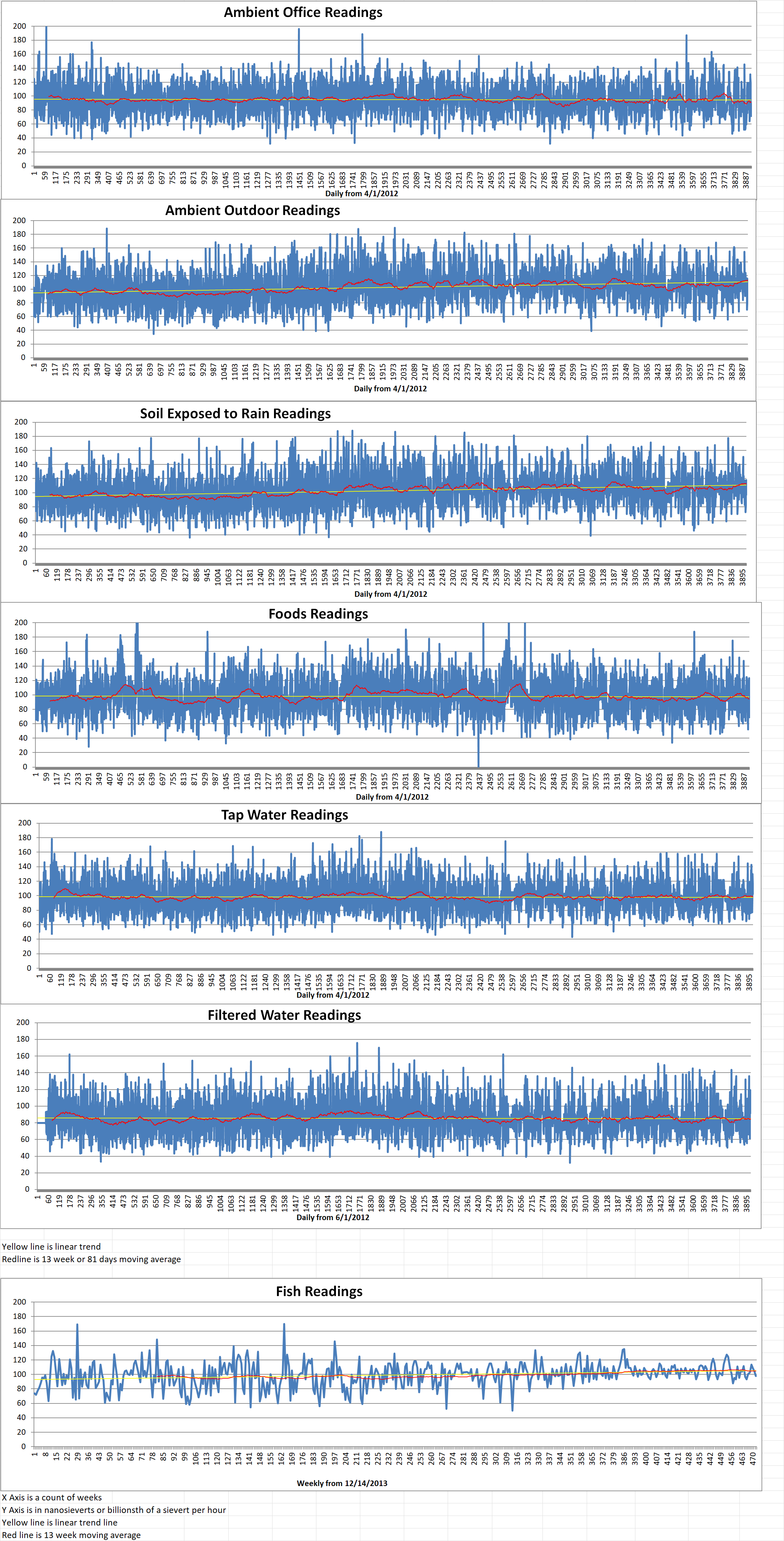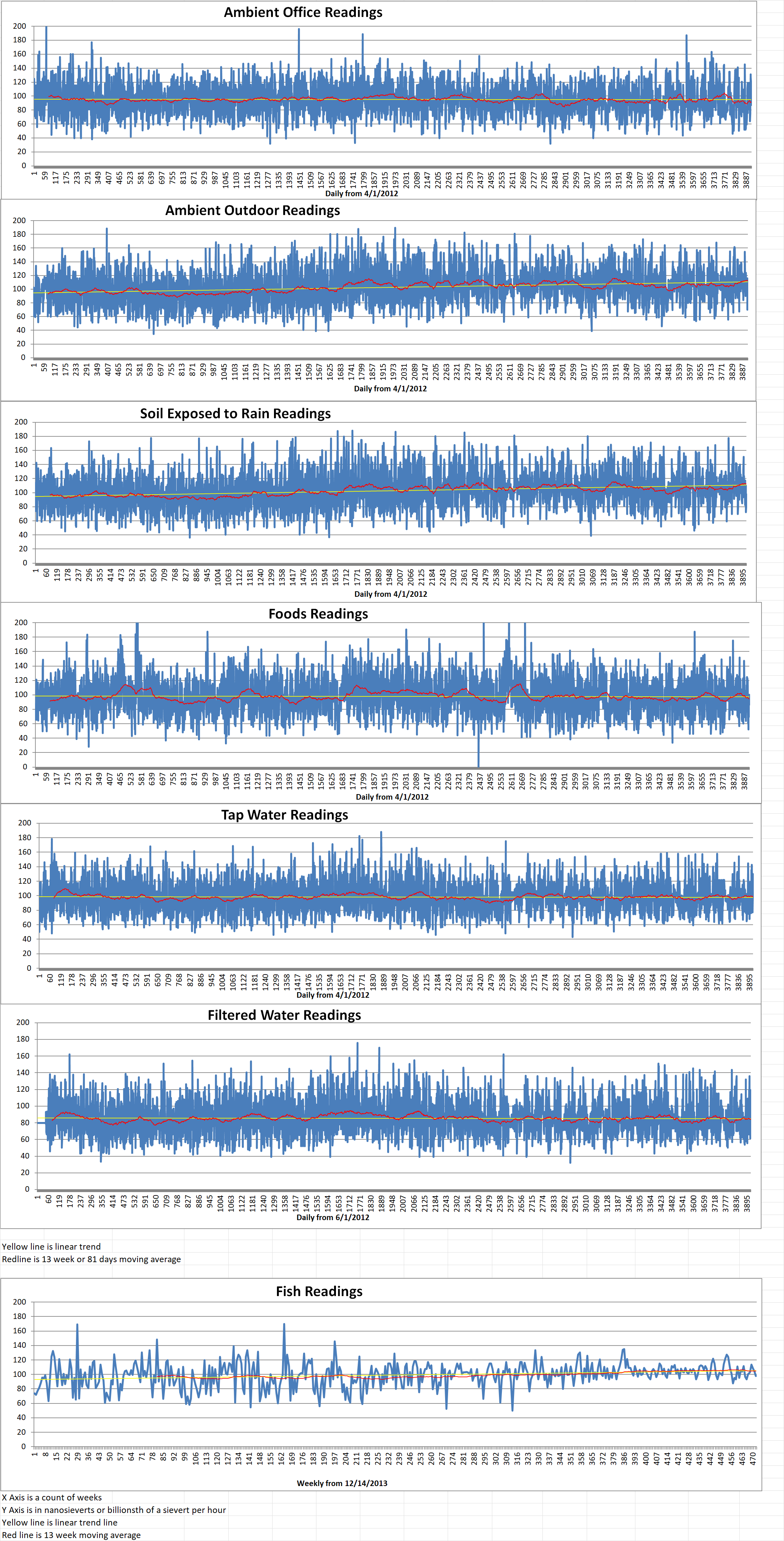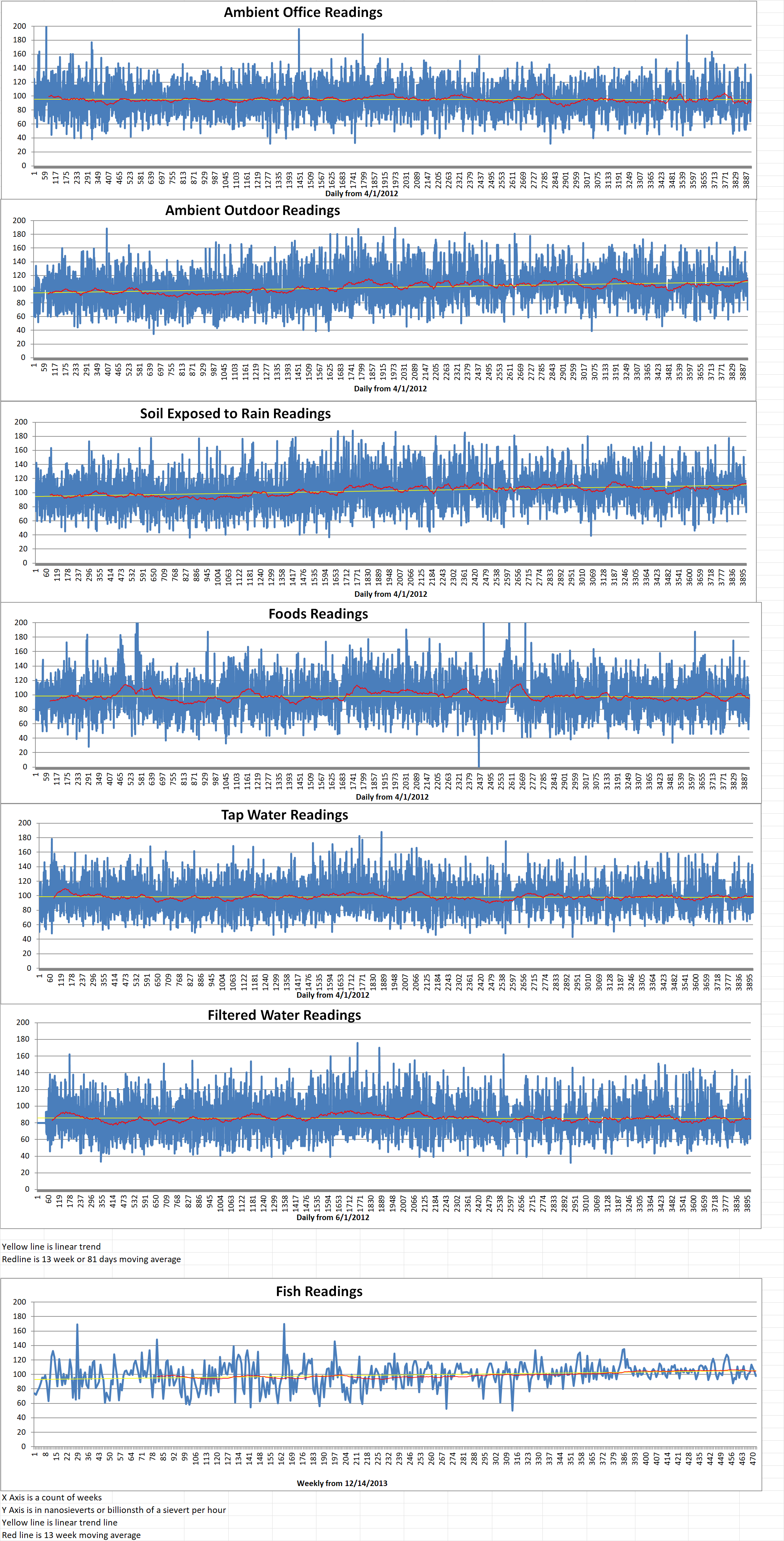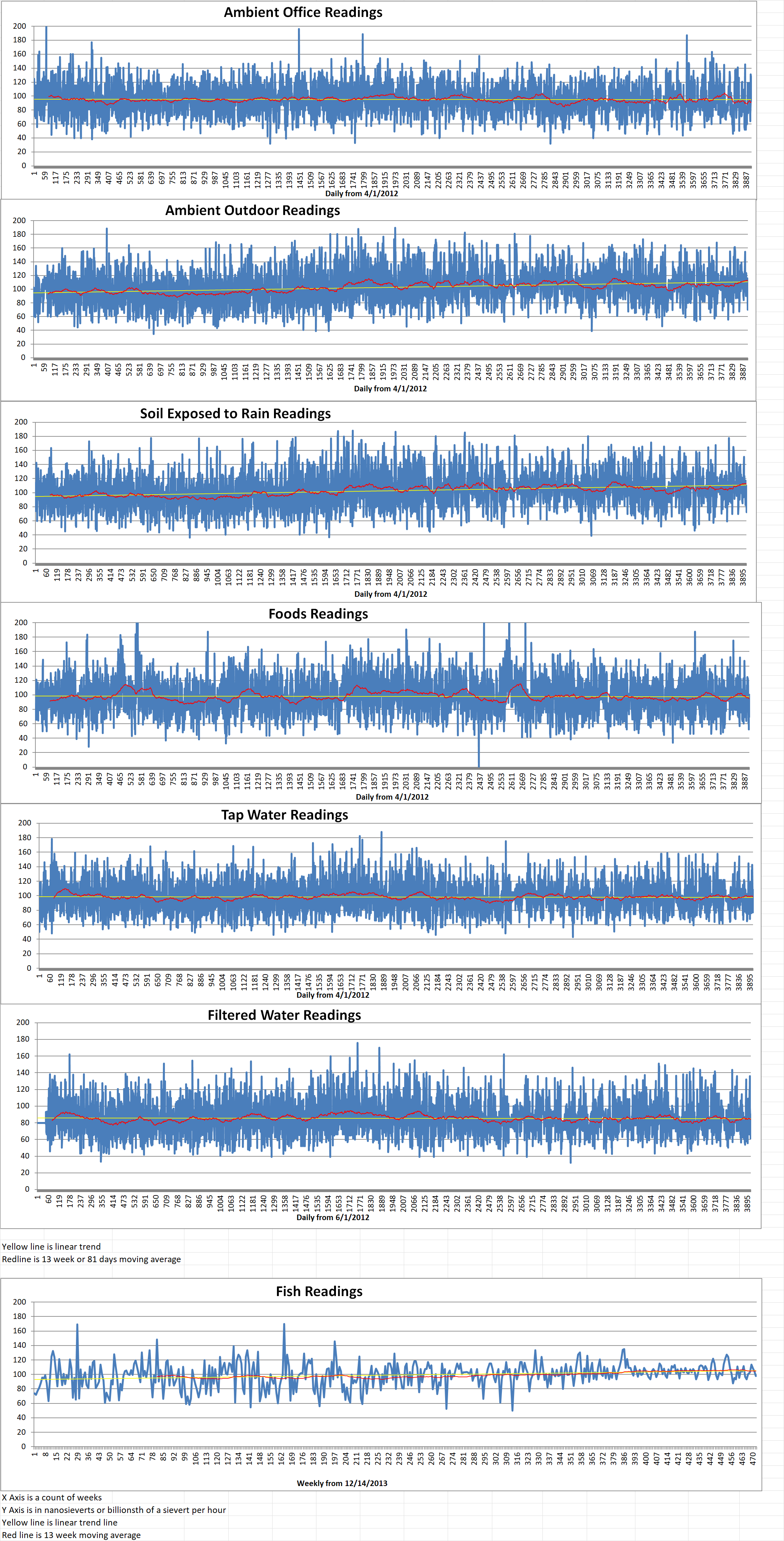A study conducted by Deep Isolation on behalf of the U.K.’s Nuclear Decommissioning Authority (NDA) concluded that deep borehole disposal cannot replace the U.K.’s need of a geological repository for nuclear waste. However, it may have a useful role to play in the disposal of some of the U.K,’s nuclear waste inventory.
The purpose of the study is to provide the NDA with information that enables it to assess the potential suitability of Deep Isolation’s directional borehole disposal solution for portions of the U.K.’s radioactive waste inventory.
Deep Isolation’s solution for the management of spent nuclear fuel and high-level radioactive waste involves placing it in corrosion-resistant casks which are then inserted into deep horizontal drillholes. This waste storage solution uses existing directional boring technology. The waste can be retrieved within a specific time frame or permanently secured. In 2019, Deep Isolation publicly demonstrated its system when it successfully placed and then retrieved a prototype nuclear waste cask hundreds of feet underground via a borehole.
The study found that sixty three percent by volume of the U.K.’s Inventory for Geological Disposal (IGD) is intrinsically not compatible with borehole disposal. A further twenty six percent can in principle be transferred to Deep Isolation casks for borehole disposal. However, existing plans for nuclear waste disposal in a geological repository will probably be more cost-effective. This leaves about eleven percent of the IGD that is operationally and commercially suitable for disposal in a deep borehole repository. This includes all of the U.K.’s high heat generating waste (HHGW). This accounts for ninety six percent of the NDA’s forecast for radioactivity levels of the IGD in 2200.
In the study, Deep Isolation developed fifteen scenarios which show its estimated, unvalidated cost of disposing of all the U.K.’s HHGW. These describe how costs will vary across geological environments and between single site and multi-site approaches. The scenarios for disposing of one hundred percent show cost estimates between three billion six hundred and forty thousand dollars and five billion four hundred and forty billion dollars. More narrowly focused scenarios show that all of the U.K.’s legacy spent nuclear fuel can be disposed of for one billion seven hundred and twenty thousand dollars. All high-level waste can be disposed of for three billion five hundred thousand dollars.
The study concludes that “Further work is needed to evaluate the impact of such an approach on the overall costs, benefits and risks of the UK’s integrated waste management strategy.”
Deep Isolation’s recommendations to the NDA include undertaking more detailed business case work to assess the possible role for the technology as part of the NDA’s integrated waste management strategy and engagement in international collaboration on the demonstrate of deep borehole technology.
Nuclear Waste Services (NWS) is responsible for the delivery of the U.K.’s GDF. It said that it “recognizes the insight afforded by Deep Isolation’s study and will continue to engage with such developments, while recognizing that a GDF will still be required for the majority of the UK higher activity waste inventory, even when Deep Isolation’s directional borehole technology is developed to sufficient maturity for potential implementation.”
The NWS added “In line with government policy, NDA and NWS continue to review new and emerging technologies which could have the potential to improve the long-term management of some of the UK’s higher activity radioactive wastes.”
Elizabeth Muller is the Deep Isolation CEO. She said, “We are excited to have delivered this project for the UK’s Nuclear Decommissioning Authority. NDA is a global leader, and I welcome their commitment to exploring the benefit of new and innovative options for nuclear waste disposal.”
Blog
-

Radioactive Waste 897 – Deep Isolation Released A Study On The Disposal of U.K Spent Nuclear Fuel
-
Nuclear News Roundup Mar 21, 2023
Sizewell C: Campaigners argue nuclear power plant decision ‘unlawful’ bbc.com
Hot functional testing begins at Vogtle 4 world-nuclear-news.org
US regulators delay decision on nuclear fuel storage license apnews.com
Just how ‘green’ is nuclear energy? Birmingham.ac.uk
China and Russia sign fast-neutron reactors cooperation agreement world-nuclear-news.com
-

Geiger Readings for Mar 21, 2023
Ambient office = 83 nanosieverts per hour
Ambient outside = 115 nanosieverts per hour
Soil exposed to rain water = 118 nanosieverts per hour
Red onion from Central Market = 123 nanosieverts per hour
Tap water = 102 nanosieverts per hour
Filter water = 92 nanosieverts per hour
-

Nuclear Reactors 1194 – Urenco Announces That It Is Pulling Out Of The U-Battery Project
Urenco is an international supplier of enrichment services and fuel cycle products for the civil nuclear industry, serving utility customers worldwide. It has just announced that it is withdrawing its support for the U-Battery advanced modular reactor (AMR) Project. It said that it had “exhausted its attempts to secure the commitment of new commercial investors”.
The U-Battery is a four megawatt high-temperature gas-cooled micro-reactor which will be able to produce local electricity and heat for a range of energy needs. The project was initiated by Urenco in 2008. The concept design was developed by the University of Manchester and Dalton Institute in the U.K. The Technology University of Delft in the Netherlands was also involved. The consortium says that the technology uses high-integrity TRISO fuel. They aim to replace diesel power with clean, safe, and cost-effective energy for a variety of applications. These include remote communities and other off-grid location such as mining operations.
The U-Battery consortium said that “Urenco has announced its intention to withdraw from the project due to necessary reprioritization under its strategy.”
U-Battery’s supporting organizations include BWXT Technologies Inc, Cavendish Nuclear, Costain, Kinectrics, Jacobs, the UK’s National Nuclear Laboratory, Nuclear AMRC, Rolls-Royce and the University of Manchester.
Urenco said, “The U-Battery team has completed its current program of work under the AMR RD&D program, and after dialogue and consultation with the Department for Energy Security and Net Zero, and with other stakeholders, Urenco’s intention is to preserve the public investment in U-Battery by transferring its intellectual property to the National Nuclear Laboratory, subject to necessary due diligence and governance approvals.”
Last January, U-Battery was granted its first legal patent for the design of its high-temperature gas-cooled reactor fuel element and core from the U.K. Intellectual Property Office. This means that the fuel element and reactor core design are protected in law for five years and up to a maximum of twenty years. U-Battery said that it was pursuing similar patents in the U.S. and Canada.
U-Batter said, “Our work to date has set and defined the technology’s core characteristics, operational parameters, and future decommissioning plans and all to achieve the highest levels of safety … we are proud to have created a full-size model of the reactor pressure vessel, the intermediate heat exchanger vessel and the connecting duct. This demonstrated how the AMR can be built using modular techniques, making it easy to construct and to transport.”
Chris Chater is the U-Battery Chief Technology Officer. He highlighted the “progress the U-Battery team have made to date; from a conceptual design developed by the Universities of Manchester (UK) and Delft (the Netherlands) to successfully winning UK government backing as part of AMR competitions from 2018 onwards. While Urenco has refocused its priorities, we continue to believe in the U-Battery design which could provide an innovative decarbonization solution for hard-to-abate sectors”.
A spokesperson was asked if Urenco’s exit meant the end of the project. They said, “It is too soon to answer about the future of the project. The focus for now is on transferring the intellectual property and securing new opportunities for the employees”. -
Nuclear News Roundup Mar 20, 2023
Workers to start some maintenance, construction at Parks Township nuclear waste dump triblive.com
INL transfers spent nuclear fuel to dry storage as part of Idaho Settlement Agreement localnews8.com
Modular nuclear firm launches £900m equity raise constructionnews.co.uk
Zaporizhzhia nuclear plant’s situation ‘perilous,’ says UN agency head cbc.ca
-

Geiger Readings for Mar 20, 2023
Ambient office = 87 nanosieverts per hour
Ambient outside = 99 nanosieverts per hour
Soil exposed to rain water = 97 nanosieverts per hour
Red bell pepper from Central Market = 98 nanosieverts per hour
Tap water = 111 nanosieverts per hour
Filter water = 102 nanosieverts per hour
-
Nuclear News Roundup Mar 19, 2023
Nuclear hydrogen rejected by nations as ‘renewable’ energylivenews.comHouse panel OKs nuclear energy bill news.abs-cbn.com
French Parliament Votes Nuclear Plan With Large Majority usnews.com
Russia says risk of nuclear conflict at highest level in decades reuters.com
-

Geiger Readings for Mar 19, 2023
Ambient office = 93 nanosieverts per hour
Ambient outside = 84 nanosieverts per hour
Soil exposed to rain water = 82 nanosieverts per hour
Oyster mushroom from Central Market = 87 nanosieverts per hour
Tap water = 130 nanosieverts per hour
Filter water = 119 nanosieverts per hour
-
Nuclear News Roundup Mar 18, 2023
Nuclear missile fired from North Korea could hit US in 33 minutes, says Chinese study indiatoday.in
Nuclear is an afterthought in the EU’s Net-Zero Industry neimagazine.com
ENEC signs MoU with Nuclearelectrica to collaborate on nuclear energy program development wam.ae
UCF Joins $25M National Consortium on Nuclear Forensics ucf.edu
-

Geiger Readings for Mar 18, 2023
Ambient office = 119 nanosieverts per hour
Ambient outside = 70 nanosieverts per hour
Soil exposed to rain water = 73 nanosieverts per hour
Green onion from Central Market = 100 nanosieverts per hour
Tap water = 108 nanosieverts per hour
Filter water = 90 nanosieverts per hour
Dover Sole from Central = 98 nanosieverts per hour
